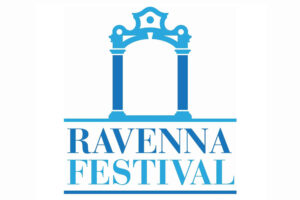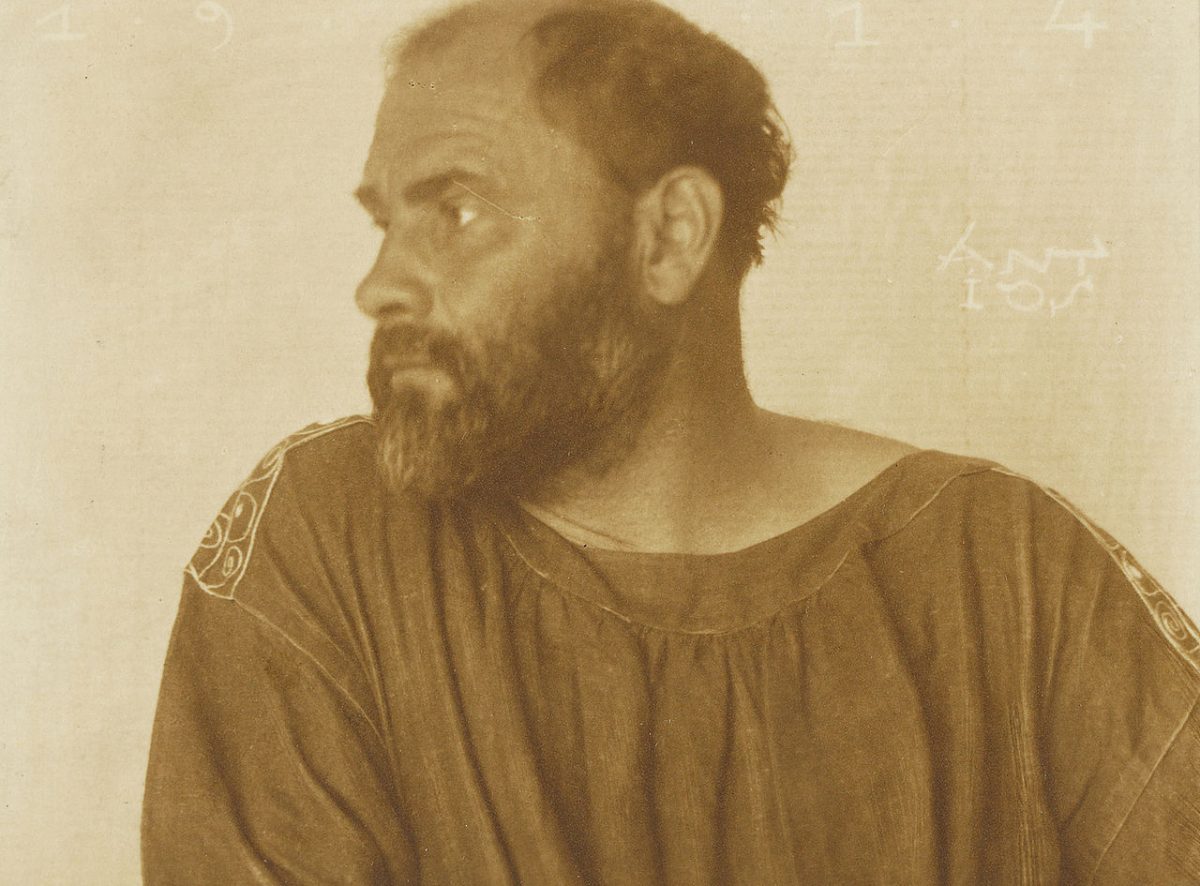“Arrived here last night in the rain safe and sound − downpour all night − even in hotel room down from ceiling − today the sun at last – Ravenna very miserable − the mosaics of unparalleled splendor. Warm regards to you and the others. Gustav”
(Postcard from Ravenna, 1903)
In May 1903, and then again in December, GUSTAV KLIMT, who was 41 years old and already acclaimed as one of Europe’s foremost artists, came to Italy in search of new sources of inspiration and pure beauty, and also came to Ravenna.
There are two comments that we know of from the postcards he sent to his acquaintances. In both of them, Klimt predominantly expresses a snobbish annoyance at the dreary climate and the somewhat run-down socio-economic atmosphere it exuded.
Far from the pomp of Vienna and the splendours of the Secession, he did not seem to predict at all what, only a few years later, would be the dissolution of the Empire and the outbreak of the First World War.
Bad weather and humble lodgings aside, Klimt was struck by what ― like his beloved gold ― appeared to him in Ravenna to be of equally eternal significance: mosaic. Compared with the poverty of its surroundings, he had to admit, when writing to his companion, that “the mosaics are of incredible splendour”.
As he was the son of a goldsmith, Ernst Klimt, he had a solid technical grounding in the art of mosaic. He was able to acquaint himself with and truly appreciate the art of the masters of Ravenna and their virtuosity in placing together the tesserae of the Byzantine mosaics, and was dazzled by the golden light of ancient Byzantium that glowed there.
From that moment on, working with “gold” materials acquired a true expressive value, so much so that it provided him with the distinctive chromatic texture
From that moment on, working with “gold” acquired a true expressive value, so much so that it provided him with the distinctive chromatic texture of his paintings: the so-called “Golden Period”, which began in Ravenna.
After his experience of the Byzantine atmosphere, the painter returned to Austria more determined than ever to devote himself entirely to the world of beauty, creating The Three Ages of Woman (1905), Portrait of Adele Bloch-Bauer (1907) and his perhaps most famous work, The Kiss (1908).







